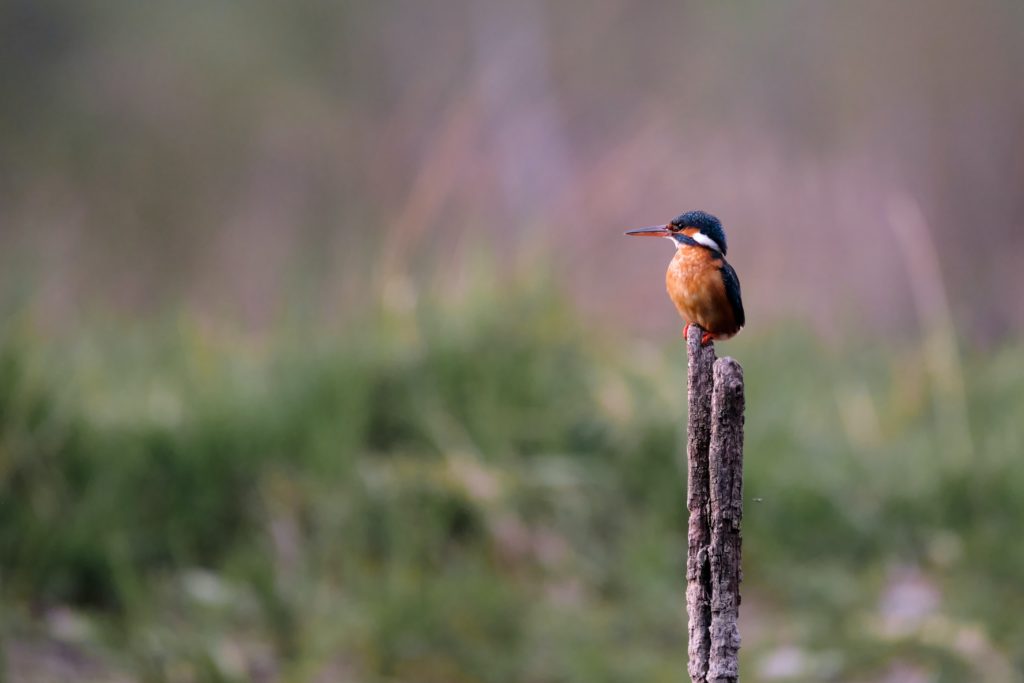Since its announcement in April, there’s been a lot of talk about Amazon’s development of the River Club. Outraged voices have filled the comment sections of social media platforms, sharing their ‘disgust’ at the redevelopment of an area that has cultural, spiritual and historical significance to the Khoisan. However, many have also applauded the deal, as it will provide a much-needed boost to an economy that has been further crippled by the COVID-pandemic.
While the development of this sacred Khoisan land has been the primary focus of critics, many have taken aim at how the new Amazon headquarters will affect the biodiversity of the area.
One such commentator is Isabella Hayden, a “life-long birder” and a “concerned member of the public”, who penned a scathing article published by The Daily Maverick. In the article, she states that The River Club development would destroy the habitat and breeding sites of a diverse range of wildlife, including three species of Kingfishers.
Is there a cause for concern?
According to various scientific reports gathered by independent biodiversity specialists, the redevelopment of the River Club in Observatory would actually do the exact opposite. After months of extensive research and evidence-gathering, these reports were compiled due to the project’s environmental impact assessment (EIA), concluding that the development would “greatly enhance the River Club area for birds and water-related wildlife in general.” The report is available for the public to view here.
This conclusion is further bolstered by the provincial minister of local government, environmental affairs and development planning, Anton Bredell’s final decision to dismiss all nine appeals.
The development will boost biodiversity in the area
According to environmental reports, Liesbeek has a limited ecological function, and the river itself is fed by the backflow of polluted water from the Black River. However, the redevelopment project will aid in the rehabilitation of the area, improving its ecological value.
In the previously mentioned Daily Maverick article, some concern has been placed on infilling the old river course.
“The reason behind infilling the old river course is so that this part of the Liesbeek can be declared dead; then the developer need not leave a setback of 35 metres from the water’s edge as a buffer zone,” states Marc Turok from the Two Rivers Urban Park Association.
However, this does not seem to be the case, as an ecological corridor that’s approximately 25m in width and a further 15m will be established to provide riverside walkways and various recreational activities.
Various steps have been taken to ensure that the ecological state of this area thrives, including the removal of the concrete in the canalised river while will allow the river to revert to its natural state. This re-design will also ensure that the stagnant western channel as a wetland swale will provide a much-needed breeding pool for Western Leopard toads, away from the alien fish that currently feed on them in this channel.
If you’re looking to educate yourself on the implications of this development on the biodiversity of this area, the expert reports submitted are publicly available here.
Picture: Unsplash

